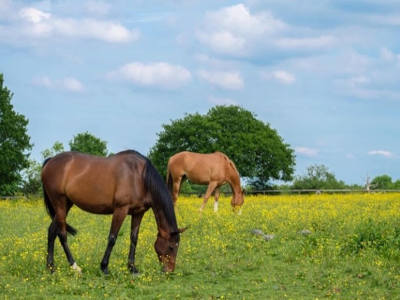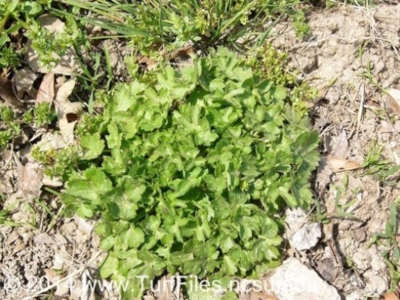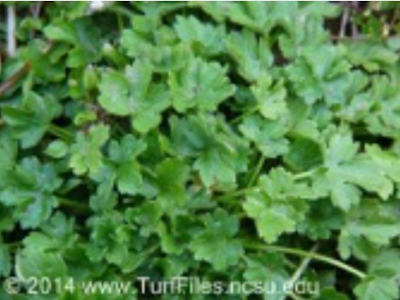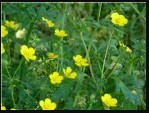By Melissa Huffman
As temperatures start to warm up moving into Spring, you may start to notice those pesky, yellow flowers called buttercup popping up in your pastures or cropland. If you didn’t spray anything to control them in the fall, now is your second chance…before the yellow flowers arrive!

The buttercup tends to germinate from seed in the fall and continues to grow over the winter months. Control of buttercup during this vegetative growth stage is ideal (meaning there are no flowers yet aka the reproductive stage!). Spraying in our region can be done anytime between December and Mid-April. I recommend spraying your fields or pastures for buttercup in December. If that is not possible, then you need to be thinking about spraying February into March while the flowers still are not visible. Be sure to spray on a warm day when temperatures are above 55 degrees and expected to remain warm for three or more days.

Vegetative growth of buttercup

Vegetative growth of buttercup
As the temperatures start to consistently remain above 60°F, you will start to notice the yellow flowers developing. The flowers are also the source of seeds for this pesky weed. Your goal is to control the buttercup BEFORE you see yellow flowers. Once the flowers are visible, the seeds are already produced, making it potentially too late to implement control measures. This is one reason that buttercup tends to survive year after year.

Flowers produce 5 shiny, yellow petals in the spring.
Chemical control options include products containing 2,4-D, dicamba + 2,4-D (Weedmaster), aminopyralids (ForeFront, GrazonNext, DuraCor, etc), or metsulfuron (such as Cimarron). If making a chemical application to control the weed is not possible (or flowers are present), mowing low to the ground is an alternate options. If you are noticing buttercup in your fields or pastures, there is generally another issue. Some of the most notable issues are over-grazing of desired forages, soil fertility issues, or compaction from livestock during wetter times. Excessive buttercup in a field can be unpalatable to livestock, potentially poisonous if livestock consume a large amount (this is VERY rare), and a reduction of desirable forages resulting in more summer weeds.
Source : ncsu.edu